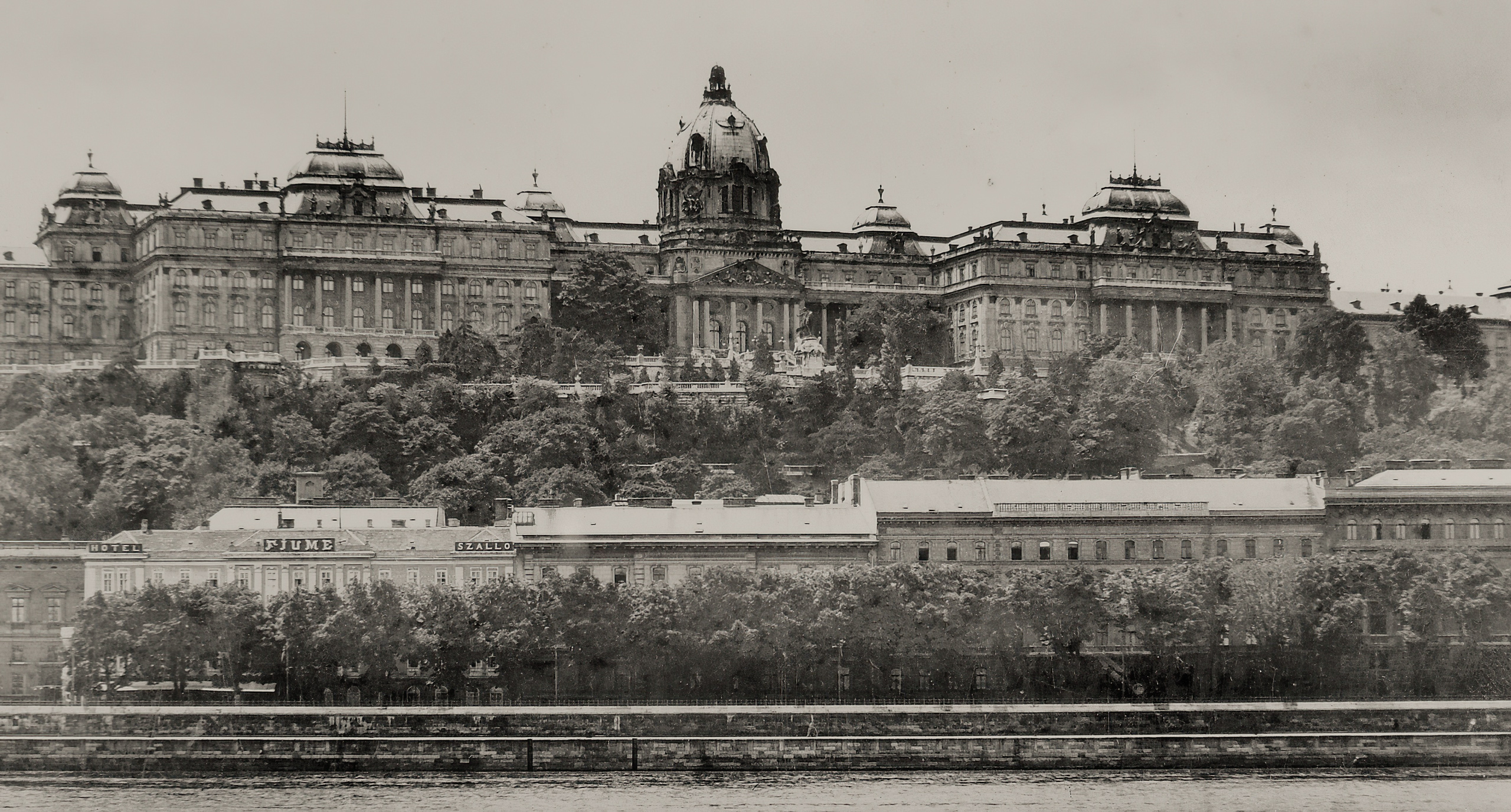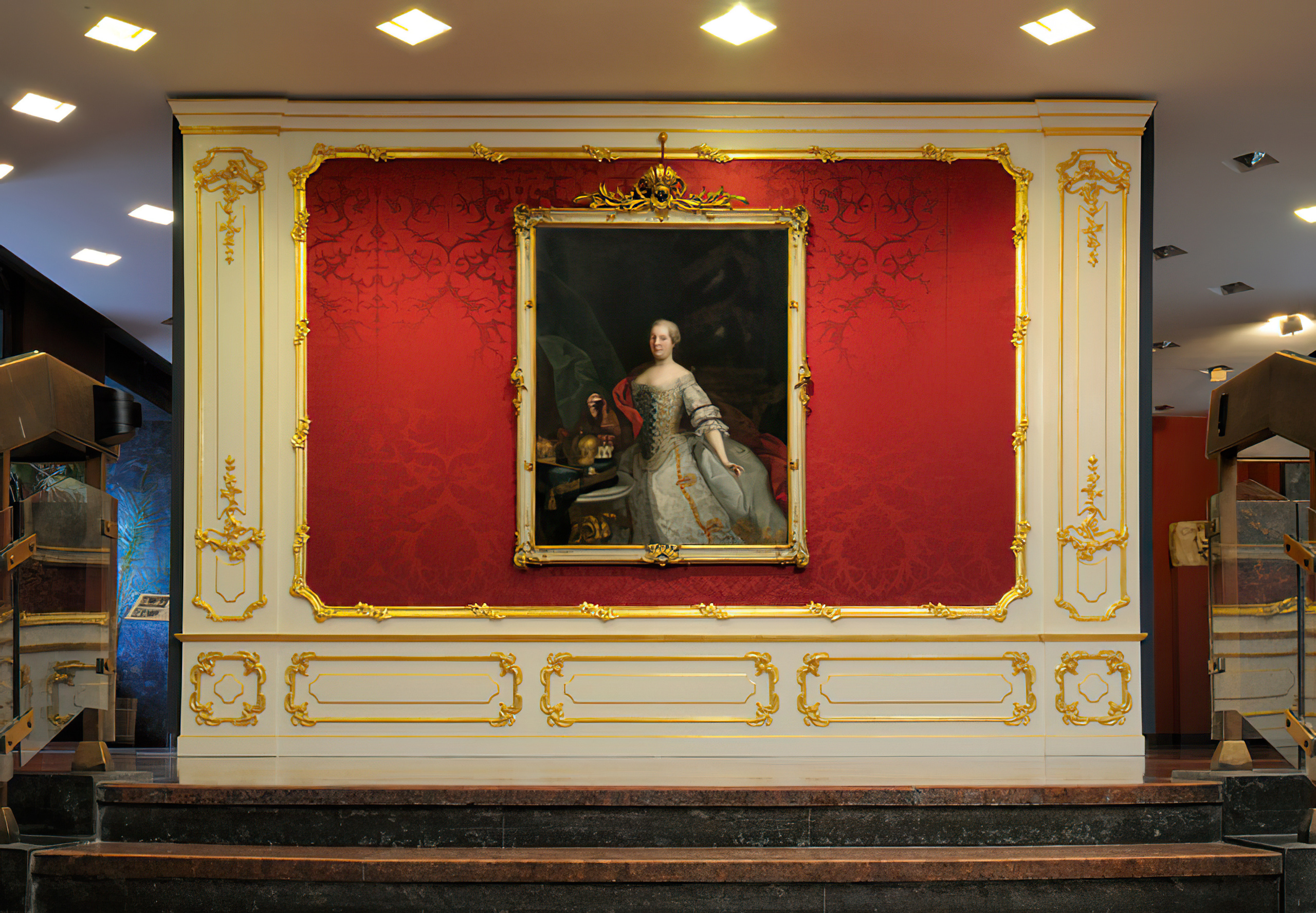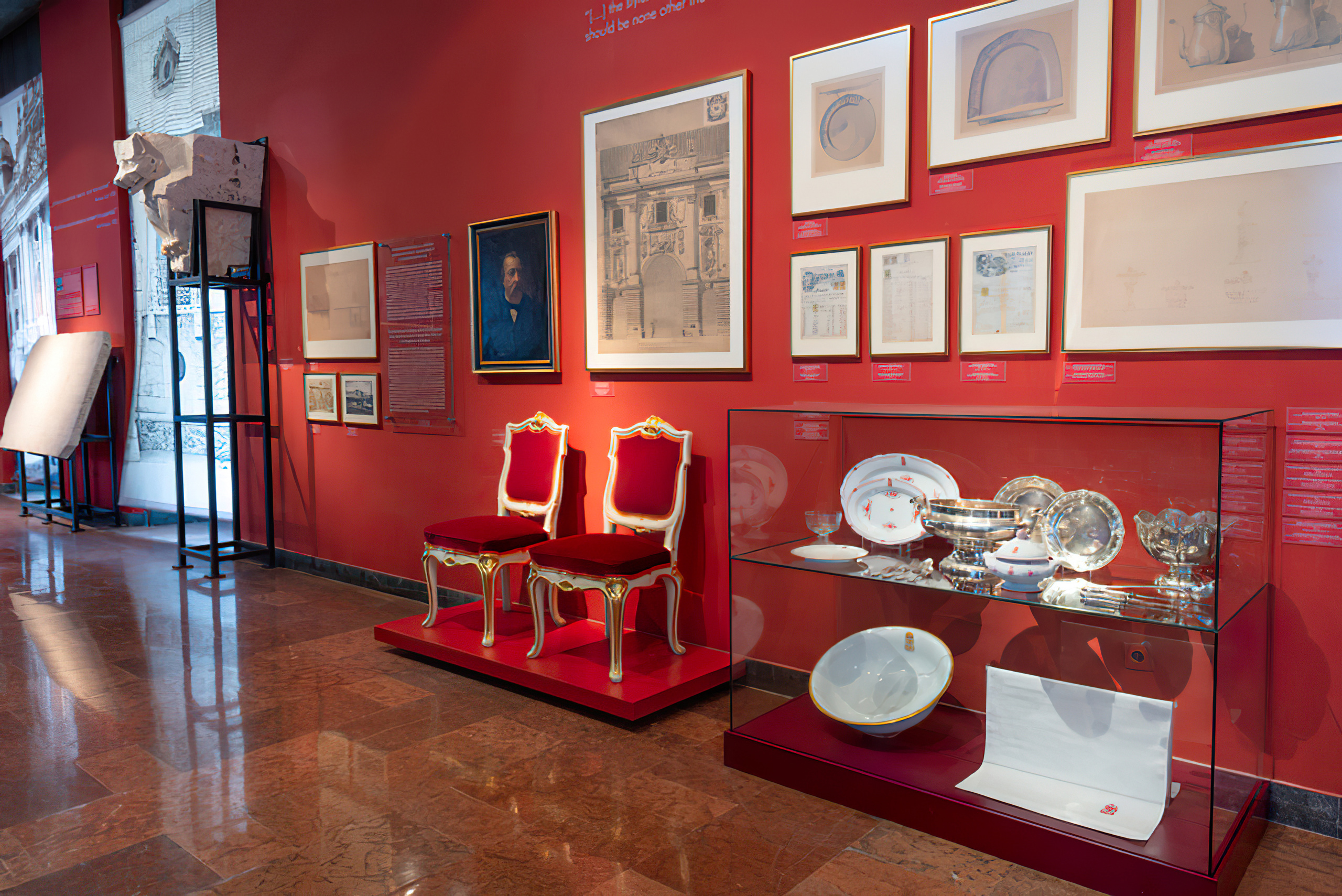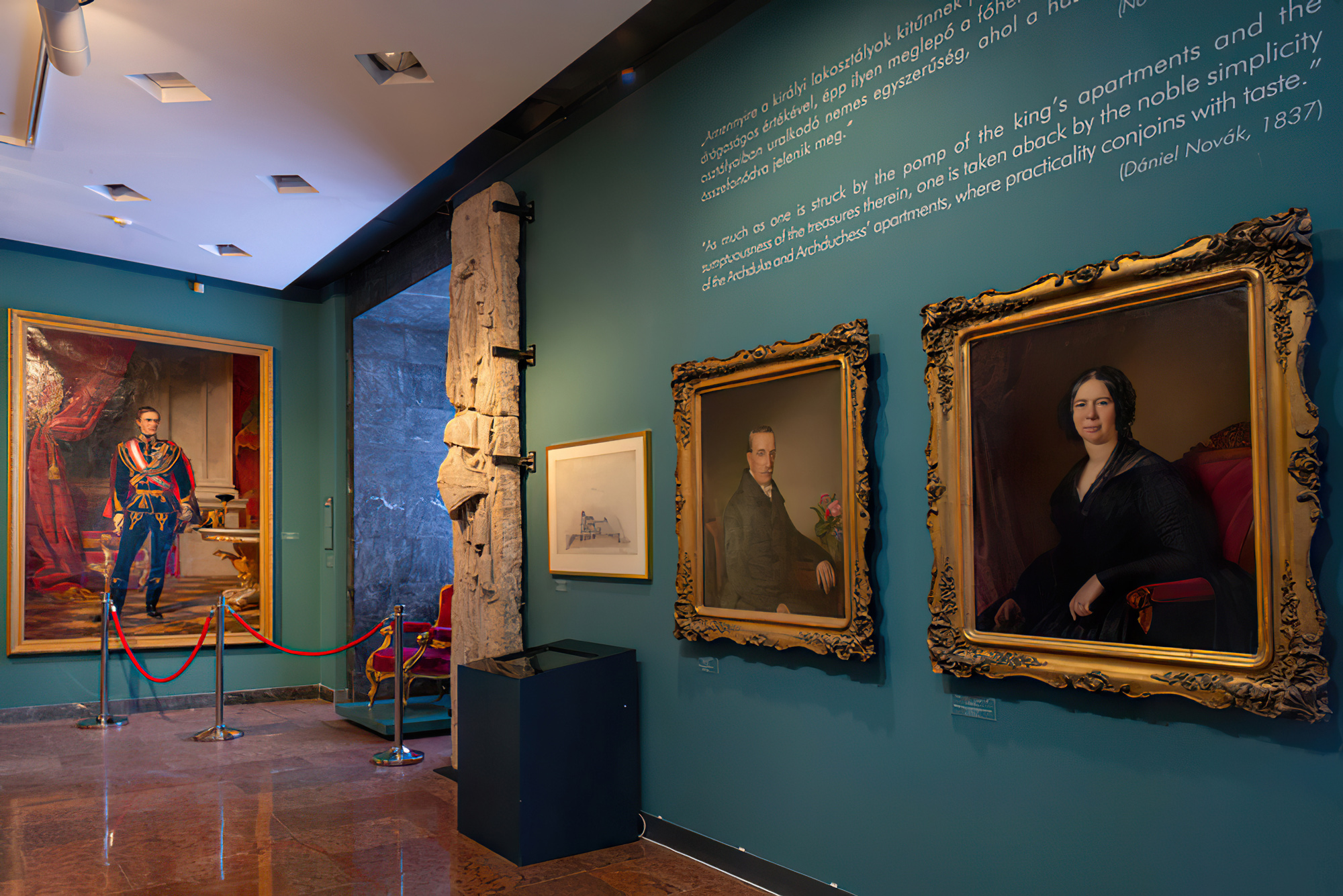The Palace of Buda Castle is one of the emblematic buildings of the country’s history. On the site of a ruined medieval royal residence, we follow the building’s construction from 1686, when Buda was recaptured from the Turks, until the 1960s. With architectural plans, photographs, adventurously preserved relics of the palace’s former decoration and furnishings, and reconstructed parts of the rooms, the exhibition traces the palace’s almost three centuries of history. 3D animation and digital techniques make the building phases of the palace comprehensible, while museum education stations await visitors at several points of the exhibition.
Originally a military building, it was converted into a baroque palace in the time of Maria Theresa. The Holy Right was kept in a purpose-built chapel, and from the end of the 18th century until 1944 the Hungarian Holy Crown was also kept here. In the first half of the 19th century, the building was the permanent residence of the Prince-Nadolf József. After the suppression of the War of Independence, Franz Joseph I had the palace rebuilt twice: between 1849 and 1856 under the direction of architects from the Chamber of Architects, and from 1890 Miklós Ybl and Alajos Hauszmann were commissioned to carry out a major extension and renovation of the palace. By 1905 the Royal Palace of Buda had become one of the largest and most luxurious royal residences in Europe.
Between the two World Wars, the palace was used as the residence of Miklós Horthy and as a museum. In January 1945 it became the last defence centre for German troops. The building was extensively damaged by a fire that lasted for weeks. In 1949 it was decided to turn the complex into a party and state centre, and in 1957-1959 it was designated as a home for cultural institutions, but the complete cultural forum was not completed until 1985, when the National Széchényi Library moved in.
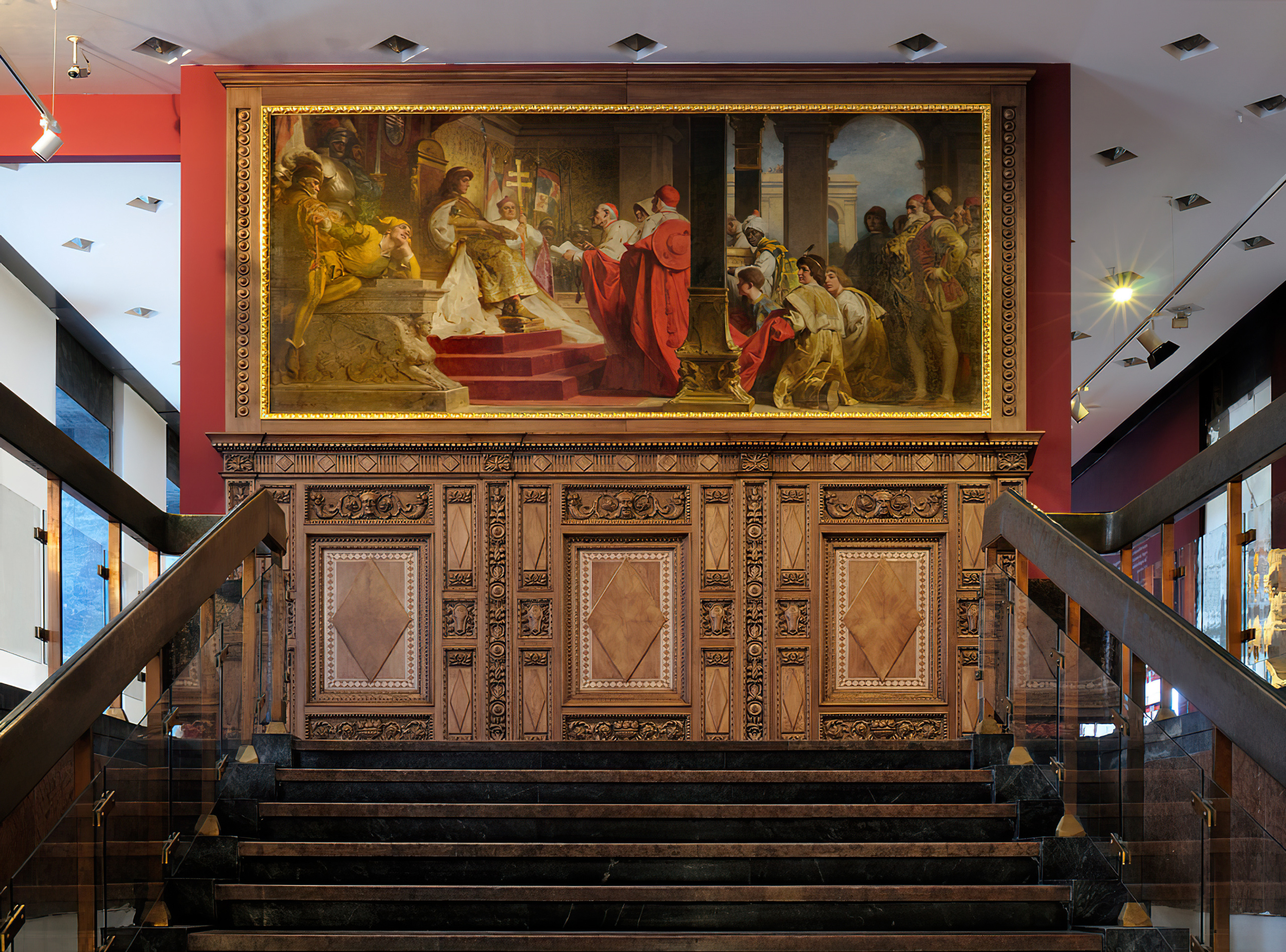
Photo: Tihanyi Bence
Curators:
Dr. Péter Farbaky art historian
Dr. Péter Rostás art historian
